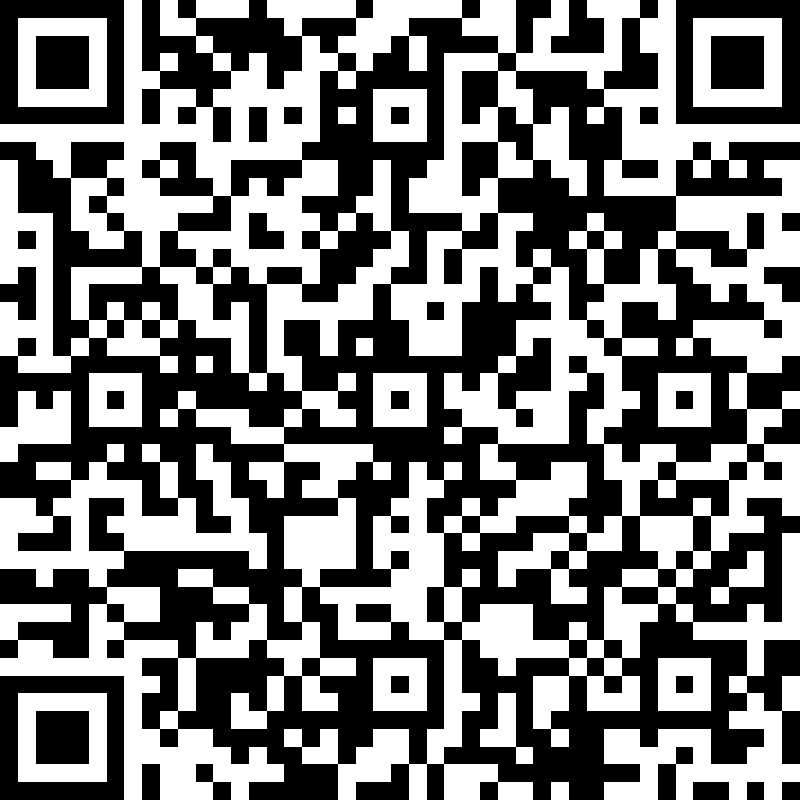Mohamad-Ali Salloum is a Pharmacist and science writer. He loves simplifying science to the general public and healthcare students through words and illustrations. When he's not working, you can usually find him in the gym, reading a book, or learning a new skill.
Couch to 5K: A Step-by-Step Guide to Running Your First 5K
Share
Introduction
Running a 5K race is a popular fitness goal for many beginners. The “Couch to 5K” (C25K) program is designed to help individuals transition from a sedentary lifestyle to running a 5K in just a few weeks. This article provides a comprehensive overview of the C25K training plan, its benefits, and practical tips for success.
What is Couch to 5K?
The Couch to 5K program was created by Josh Clark in the 1990s to help his mother start running. It has since become a widely adopted training plan, with millions of participants worldwide. The program typically spans 8-9 weeks and uses a combination of walking and running intervals to gradually build endurance and stamina.
How Does the Program Work?
The C25K plan is structured around three workouts per week, each lasting about 20-30 minutes. The workouts start with a warm-up walk, followed by alternating periods of running and walking, and end with a cool-down walk. As the weeks progress, the running intervals increase while the walking intervals decrease.Benefits of the Couch to 5K Program
- Accessibility: The program is designed for beginners with no prior running experience.
- Gradual Progression: The incremental increase in running time helps prevent injuries and build confidence.
- Flexibility:The plan can be adjusted based on individual fitness levels and schedules.
- Mental Health:Regular physical activity, such as running, has been shown to improve mood and reduce anxiety.
Training Plan Overview
- Weeks 1-3: Focus on short running intervals (1-2 minutes) with longer walking breaks (3-4 minutes).
- Weeks 4-6: Increase running intervals (3-5 minutes) and reduce walking breaks (2-3 minutes).
- Weeks 7-9: Aim for continuous running with minimal walking breaks, building up to 30 minutes of non-stop running.
Tips for Success
- Consistency: Stick to the schedule and avoid skipping workouts.
- Proper Gear: Invest in a good pair of running shoes to prevent injuries.
- Hydration and Nutrition: Maintain a balanced diet and stay hydrated.
- Listen to Your Body: Rest if you experience pain or discomfort to avoid overtraining.
What are some common mistakes to avoid during C25K training?
- Skipping Warm-Ups and Cool-Downs: Neglecting these can increase the risk of injury. Always start with a 5-minute warm-up walk and end with a cool-down.
- Overtraining: Trying to do too much too soon can lead to burnout or injury. Stick to the plan and allow your body to gradually adapt.
- Ignoring Pain: While some discomfort is normal, sharp or persistent pain is a sign to stop and rest. Pushing through pain can lead to serious injuries.
- Inconsistent Training: Skipping workouts or not following the schedule can disrupt your progress. Consistency is key to building endurance and stamina.
- Poor Running Form: Incorrect form can cause injuries and reduce efficiency. Focus on maintaining a good posture, with relaxed shoulders and a slight forward lean.
- Inadequate Hydration and Nutrition: Not drinking enough water or eating poorly can affect your performance and recovery. Ensure you stay hydrated and maintain a balanced diet.
- Wearing Improper Footwear: Running in old or unsuitable shoes can lead to discomfort and injuries. Invest in a good pair of running shoes that provide proper support.
- Setting Unrealistic Goals: Expecting to run a 5K too quickly can be discouraging. Set achievable goals and celebrate small milestones along the way.
Are there any scientific studies on the effectiveness of C25K?
- Injury Prevention:Studies have shown that the combination of running and walking intervals in programs like C25K can help prevent injuries by gradually increasing the physical demands on the body.
- Improved Cardiovascular Health:Research indicates that participants in the C25K program experience significant improvements in cardiovascular fitness, including increased VO2 max, which is a measure of the body’s ability to use oxygen during exercise.
- Mental Health Benefits:Regular participation in the C25K program has been associated with reduced symptoms of anxiety and depression, as well as improved overall mood and mental well-being.
- Adherence and Motivation: The structured nature of the C25K program, with its clear goals and gradual progression, has been found to enhance adherence and motivation among beginners, making it easier for them to stick with the program.
These studies highlight the multifaceted benefits of the C25K program, making it an effective and accessible option for those looking to start running.
Conclusion
The Couch to 5K program is an effective and accessible way for beginners to achieve their goal of running a 5K. By following the structured plan and incorporating the tips provided, participants can build endurance, improve their fitness, and enjoy the numerous physical and mental health benefits of running.
You can watch this YouTube Video for to learn how to do Couch to 5K!
Resources:
- RunToTheFinish. Couch to 5K Training Plan - A Complete Guide for Beginners. Available from: https://www.runtothefinish.com/couch-to-5k/
- Coach the Run. Your ultimate couch to 5K plan PDF: from sofa to finish line in weeks. Available from: https://coachtherun.com/running-training/tips/couch-to-5k-plan/
- Runstreet. Couch to 5K Training Guide with Free Printable Plan. Available from: https://www.runstreet.com/blog/couch-to-5k
- TrainingPeaks. Couch to 5k | running Training Plan. Available from: https://www.trainingpeaks.com/training-plans/running/5km/tp-496210/couch-to-5k
- Run With Caroline. The ultimate Couch to 5k plan: A complete guide. Available from: https://www.runwithcaroline.com/10-week-couch-to-5k-training-plan/
- Love Life Be Fit. Couch to 5K Training Plan. Available from: https://lovelifebefit.com/couch-to-5k-training-plan/
- Marathon Handbook. Couch to 5K Mistakes. Available from: https://marathonhandbook.com/couch-to-5k-mistakes/
- Nerd Fitness. Couch to 5K: Crucial Things to Know Before You Start Training. Available from: https://www.nerdfitness.com/blog/couch-to-5k-crucial-things-to-know-before-you-start-training/
List of Services
ABOUT THE AUTHOR
Mohamad-Ali Salloum, PharmD
Share
Recent articles:





















